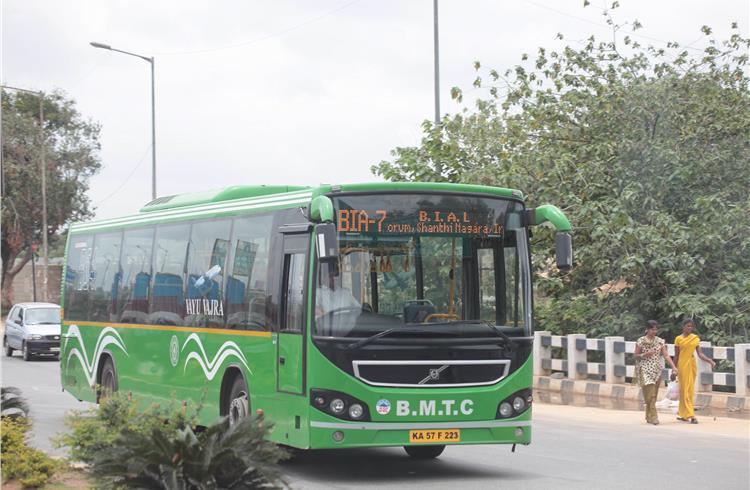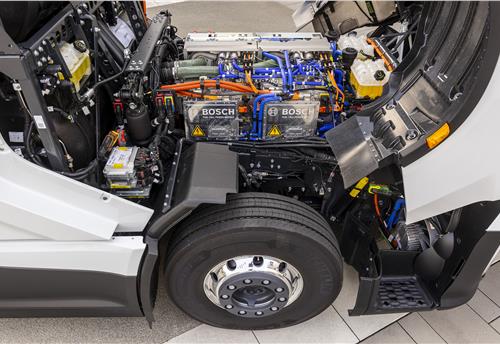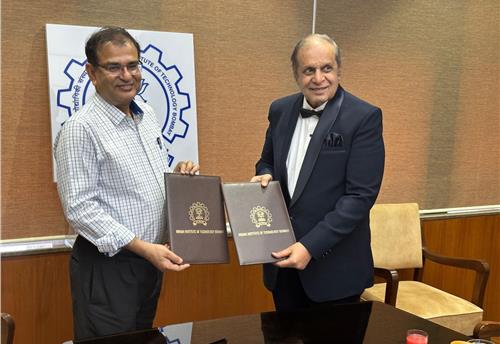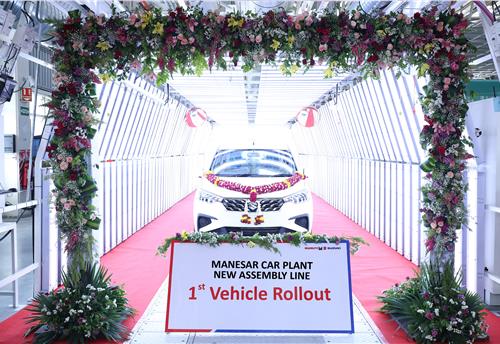What does the AIS 140 norm for public transport vehicles mean?
The AIS 140 regulation, applicable from April 1, 2018, mandates a vehicle tracking device and one or more emergency button(s) in all existing and new public service vehicles.
The start of the new fiscal year will see a new regulation becoming mandatory for the vehicle industry. AIS 140, applicable from April 1, 2018, mandates a vehicle tracking device and one or more emergency button(s) in all existing and new public service vehicles.
The AIS 140 or the Intelligent Transportation System (ITS) is a set of requirements that the government has mandated to be put into place in all public transportation systems namely buses and taxis among others. The requirements have put an onus on not just OEMs but also aftermarket players to bring in a system that will improve safety critical parts in the Indian mobility.
According to the Automotive Research Association of India (ARAI), ITS is a globally proven system that optimises the utilisation of existing transport infrastructure and transportation systems along with efficiency, quality, comfort and safety.
For a device to be AIS 140 certified, it needs to adhere and meet the following standards:
- The device needs to be capable of obtaining information using Global Navigation Satellite System (GNSS), including support for GAGAN, the Indian satellite-based augmentation system.
- It needs to support 4 digital, 2 analogue and 1 serial communication for interfacing external systems (for instance emergency request button interfacing).
- It has to have the capability to transmit data to the backend control server (government authorised) using a GSM/GPRS network. It needs to be capable to transmit position, velocity and time along with the direction to the backend control server.
- Transmit data to two different IP addresses (minimum) and additional one IP address for demergency response system. It should have an emergency/panic button that transmits alert (once pressed) to the configured IP address(s) as per the protocol.
- The device will need to have an internal power backup of at least four hours. It needs to be capable of transmitting data alerts to the backend server; and support for over-the-air (OTA) software and configuration update.
- Support basic standard configuration (mobile communication network, backend control server, details, data frequencies, alert thresholds among others). The device needs to support storage and forwarding mechanism for all types of data.
- It needs to have a unique identification for identifying the device and data, including the vehicle registration details (non-volatile memory). The device will have an embedded simcard; operate between 8VDC and 32VDC using vehicle battery voltage input of 12/24volts.
- The device GPRS module should have a multi-slot GPRS with in-built quad-band GPRS module with a lifespan of at least 10 years life and more than 1 million read/write cycles. The device needs to be dust-, temperature-, vibration-, water-splash resistant, IP 65- rated or better and tamper-proof. It will also need to support A-GPS (Assisted GPS), with provision of secured data transmission to the Backend Control Centre through secured channel (for instance secured dedicated APN). It needs to have three-axis accelerometer and three-axis gyroscope for getting the alerts on harsh braking, harsh acceleration, and rash turning.
Furthermore in terms of an emergency/panic button, passengers or in-vehicle crew present in the vehicle should be able to make an emergency request by pressing the emergency button provided that can only be deactivated by authorised government server.
In case there is no reception (GSM and GPRS), the alert will be stored in the device and as soon as the network becomes available the device will need to be able to send the information on high priority to the configured addresses.
These are the major requirements apart from the physical testing conducted by ARAI for certifying the devices to the conformity standards.
Also read: Pricol’s new vehicle tracking device gets ARAI certification
KPIT launches ARAI-certified vehicle telematics product in India
RELATED ARTICLES
Bosch hydrogen engine tech-powered truck to be on Indian roads this year
The global supplier of technology and services is betting big on both electromobility and hydrogen. While announcing the...
IIT Bombay inaugurates Arun Firodia Research Floor
IIT Bombay, one of India’s top technical and research institutions, honours Kinetic Group chairman Dr Arun Firodia, one ...
Maruti Suzuki expands capacity at Manesar plant by additional 100,000 units
New assembly line at Plant A expands total manufacturing capacity at the Manesar plants to 900,000 units per annum. Alon...





 By Autocar Pro News Desk
By Autocar Pro News Desk
 21 Mar 2018
21 Mar 2018
 86175 Views
86175 Views









